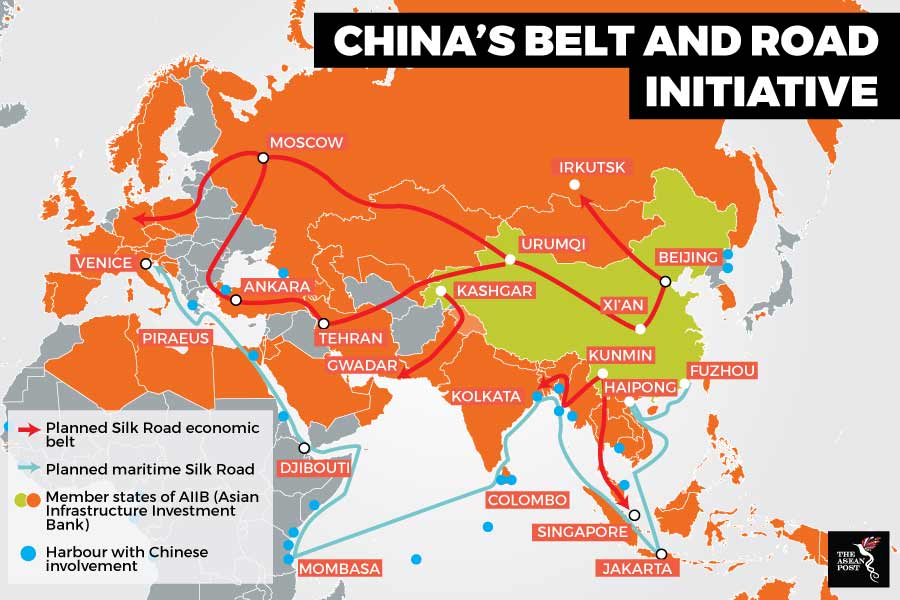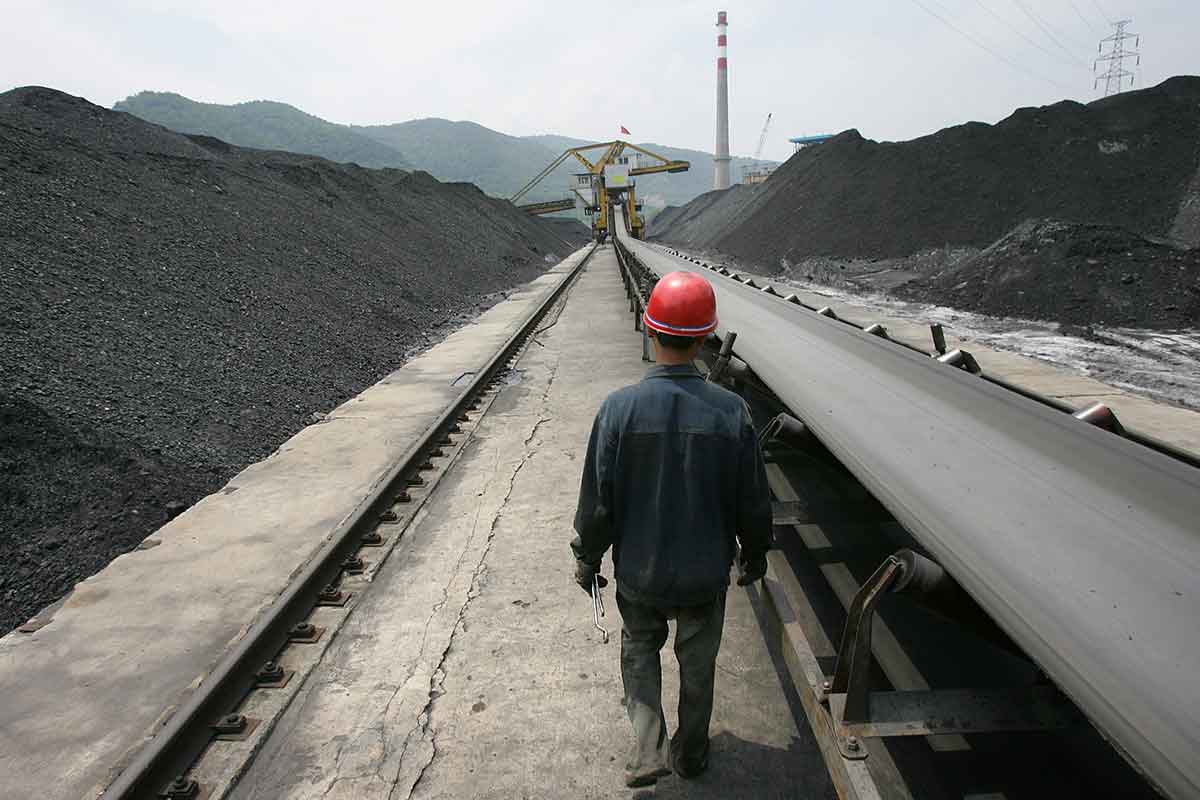The great powers of the world share one thing in common: a desire for progress and the proper execution of that particular ideal. For China, a global behemoth in its own right, the Belt and Road Initiative (BRI) is its own vision, which has now manifested into a political, social, and economic reality.
At its most basic, this gargantuan plan is an expression of China’s desire to build on trade relations with both, Asia and Europe. The BRI, which was introduced by President Xi Jinping in 2013, looks to develop railways, bridges, and ports so as to foster trade and connectivity with other global players. The fundamental question that plays in the minds of many is, how does Beijing cope with the massive energy demand of such an endeavour?
Much attention has been placed on China’s engagement with coal power plant projects, which is arguably the BRI’s main driver. According to research conducted by the Global Environment Institute, China has participated in 240 coal-fired power projects in 25 of the 65 countries along the Belt and Road, with Bangladesh, Mongolia, and Vietnam among them.
The total installed capacity of these projects is 251 gigawatts (GW). As of now, 52 of these projects are in the pipeline, with a cumulative installed capacity of 72 GW, accounting for 12.6 percent of coal-fired power projects globally.

Source: Various sources.
Mitigating environmental anxieties
The phasing out of coal burning for energy is admittedly a difficult task. This is due to the fact that the use of coal remains the cheapest means of meeting surging energy needs in developing countries. In the developing world, coal is seen more as a valuable asset rather than a contributor to climate change.
It is perhaps of interest to point out that China is investing huge sums of money into renewable energy, promising to commit an additional US$361 billion to clean energy by 2020. Beijing is also curtailing new investments in coal-fired power plants that run deep into the economic belt.
As such, China is looking to make the BRI a “greener” pursuit. It would be unfair not to take China’s growing clean energy investments into view when assessing the impact of the BRI on the environment. The Red Dragon of Asia is now leading the world in domestic clean energy investment. In the past three years, China has dominated the solar photovoltaic (PV) module industry, with eight of the world’s 10 largest module manufacturers based there.
In addition to investments in clean energy, the added capital inflow for infrastructure attributed to the BRI can also generate favourable outcomes. The BRI places an emphasis on infrastructure construction, and two institutions have been established for financial support: the Asian Infrastructure Investment Bank (AIIB) and the Silk Road Fund. Both organisations have dedicated resources to support the construction of infrastructure across BRI countries, in line with their commendable efforts to combat climate change.
According to Zhang Chao, a researcher on China’s energy and climate change policies at the Pompeu Fabra University in Barcelona, the AIIB has financed 24 infrastructure projects, including seven clean energy initiatives worth US$1 billion in total, since its establishment in early 2016. On the other hand, the Silk Road Fund had spent approximately US$7 billion on 17 infrastructure projects by the end of last year.
Although not direct in its efforts to reduce the use of coal in developing countries, China’s move in fostering South-South cooperation on climate change can be observed as a step in the right direction. Policymakers in Beijing are now cognisant of the value of climate change diplomacy to the BRI and are hard at work in connecting China’s implicit climate change leadership in the global south and the mammoth project that is the Belt and Road.
Moving forward, China will have to consistently maintain a fine balance in terms of economic progress and environmental sustainability. President Xi’s efforts to strike such an equilibrium should be commended.
This article was first published by The ASEAN Post on 10 May 2018 and has been updated to reflect the latest data.
Related articles:
China’s energy ambitions in Southeast Asia
Challenges for the Belt and Road Initiative in Vietnam
Will the Belt and Road Initiative put the region in a debt trap?
